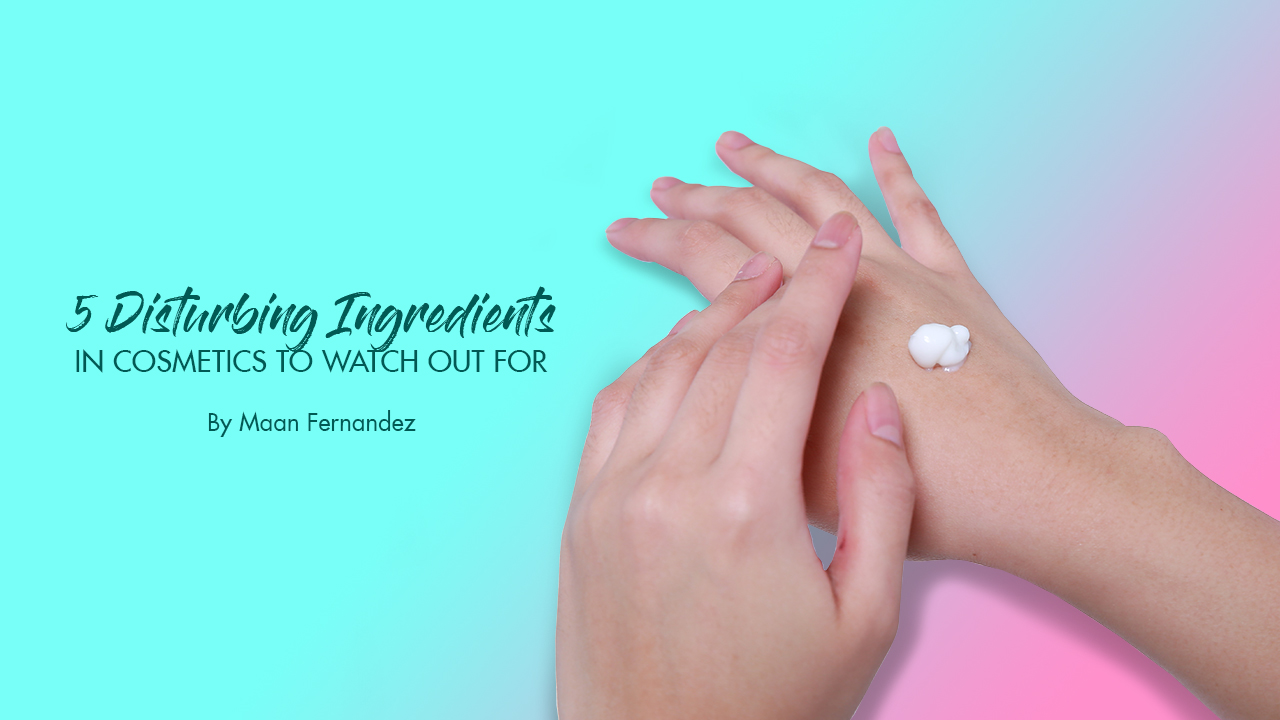
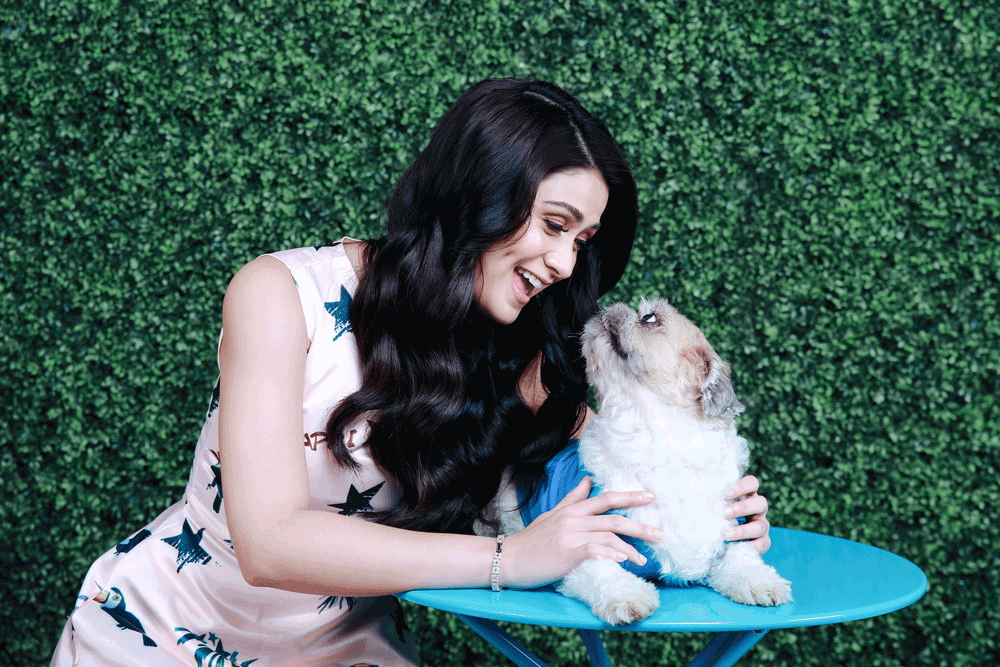
Sometimes, it really pays off to do your research on what ingredients go into your favorite beauty items. I’m honestly not very wary when it comes to this, except for the more commons ones like paraben (only because my mom has been reminding me to watch out for this ingredient since it’s been highly linked to cancer—and for me, hearing the big C word as a child was enough to get me listening!).
But as we celebrate cruelty-free beauty this month, there’s no better time to familiarize ourselves with the most common (and quite disturbing!) animal-derived ingredients that could possibly be in one of your holy grails.
Keep reading for a quick overview of what ingredients to avoid if you’re all for cruelty-free beauty!
Refinery29.com describes it as a red pigment that’s derived from boiling the female Cochineal insect, drying it out, and crushing the shell. Around 70,000 beetles must be killed just to produce a pound of this red dye.
Aliases: Cochineal, Carminic Acid, Dactylopius Coccus Extract
Can be found in: Lipstick, blush, shampoo—anything with a red tint!
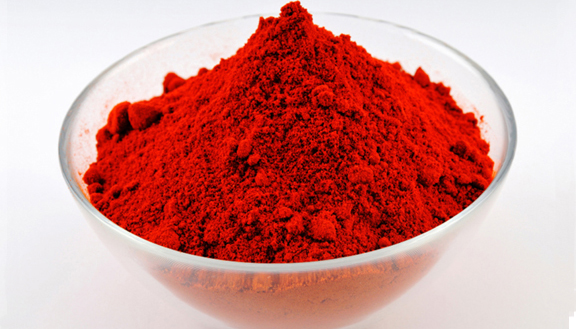
This ingredient is obtained by boiling the dead body of an animal (talk about animal corpse!), to extract the fats that float to the top. These animal carcasses are usually lab animals, pigs, cows, or sheep that die before even reaching the slaughterhouse, euthanized zoo or shelter animals, or even expired meat from grocery stores!
Aliases: Fatty Acids, Lard, Animal Fat, Oleic, Benzoic, Stearic Acid, Sodium Tallowate, Hydrogenated Tallow.
Can be found in: Soap (especially soap bars!), lipstick, skin creams, and cream blush, since tallow is used as an emollient in
cosmetics.
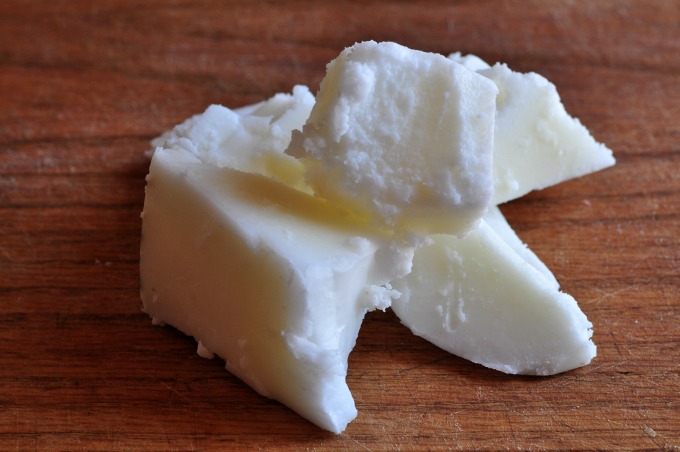
An oily substance that sheep secrete from their skin to keep it hydrated and moisturized, which is then collected from their wool. The flock of sheep that are used for this are raised in a very hot environment to coax more sweat. Lanolin is a very hydrating and powerfully moisturizing agent, although highly-allergenic.
Aliases: Cholesterin, Laneth, Lanogene, Lanolin Acids, Wool
Fat, Wool Wax, Lanolin Alcohol, Lanoesterols.
Can be found in: Skin care products, moisturizer, conditioner, and creamy cosmetics.
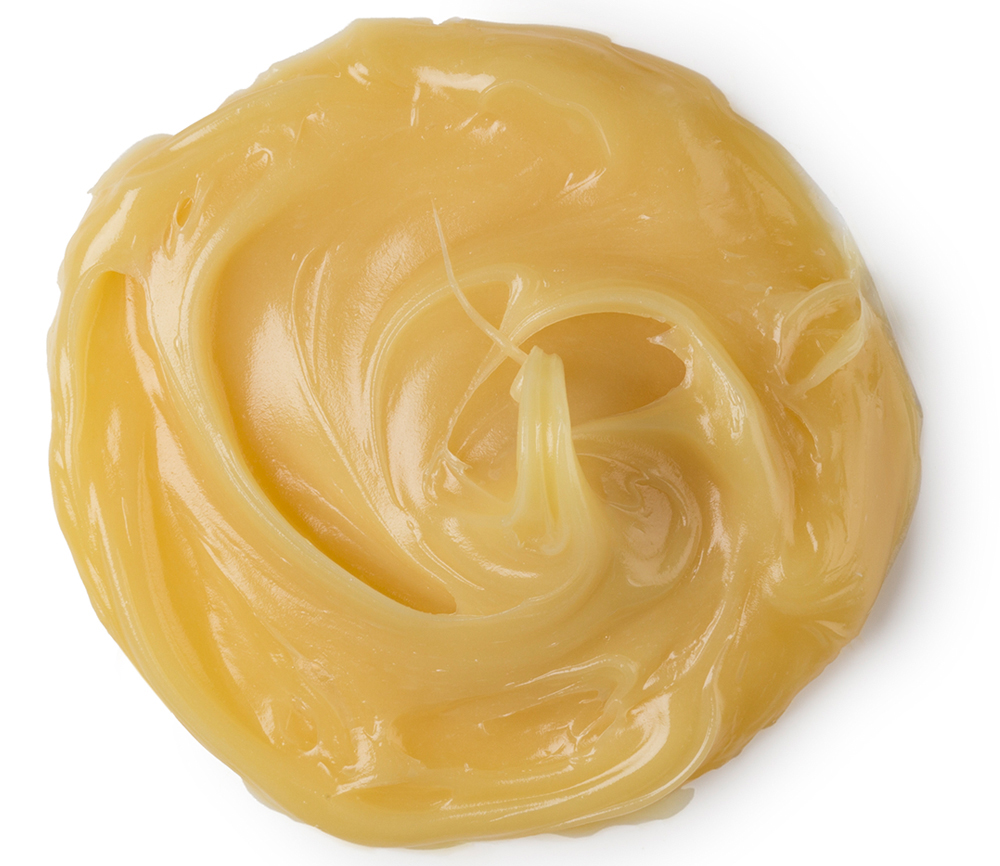
This ingredient is basically dried secretion from the genitals of beavers, otters, musk deer, and civet cats. On choosecrueltyfree.org.au, they share that wild or civet cats are kept captive in cages in horrible conditions and are then whipped around the genitals to produce the scent. Civet is a rich-smelling secretion from the anal glands of civet cats. Although there is available synthetic musk now, these chemicals are said to be highly toxic.
Aliases: Musk Extract, Deer Musk, Musk Deer Oil, Tonquin Musk
Can be found in: Perfume
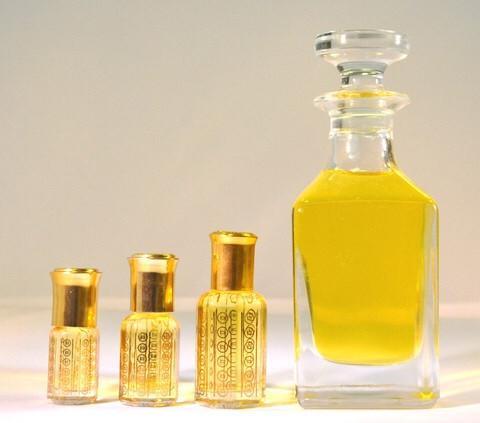
A protein collected from boiled skin, tendons, ligaments, or bones of pigs and cows. Used in cosmetics as a thickening agent in face masks, creamy cosmetics, shampoos, etc.
Aliases: Gel, Hide Glue, Gelatine, Halal Gelatin, Isinglass
Can be found in: Face masks, shampoos, creamy cosmetics, and nail polish remover.
If you spot any of these in your holy grails, it’s best to do some extra research on the brand or item to see how the ingredient was sourced since some could be vegetable or plant-derived, too!
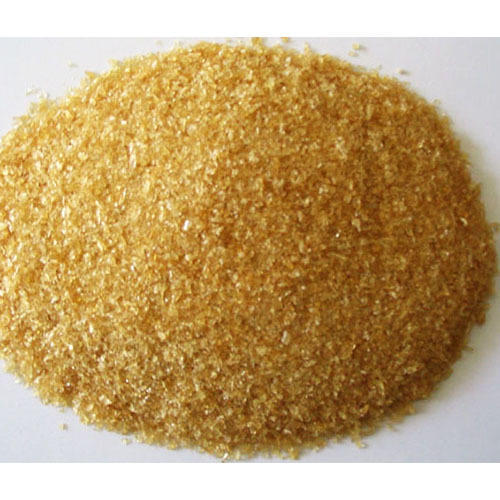

Written by:
Maan Fernandez
EDITORIAL ASSISTANT
Maan loves her a good brow pencil, mascara, tint, and anything pink! She has combination skin, so a trusty oil blotter is all she needs to keep her t-zone in check. She’ll never get too old for a trip to the amusement park, and a half-dozen basket of Garlic Parmesan wings is the key to her tummy!



